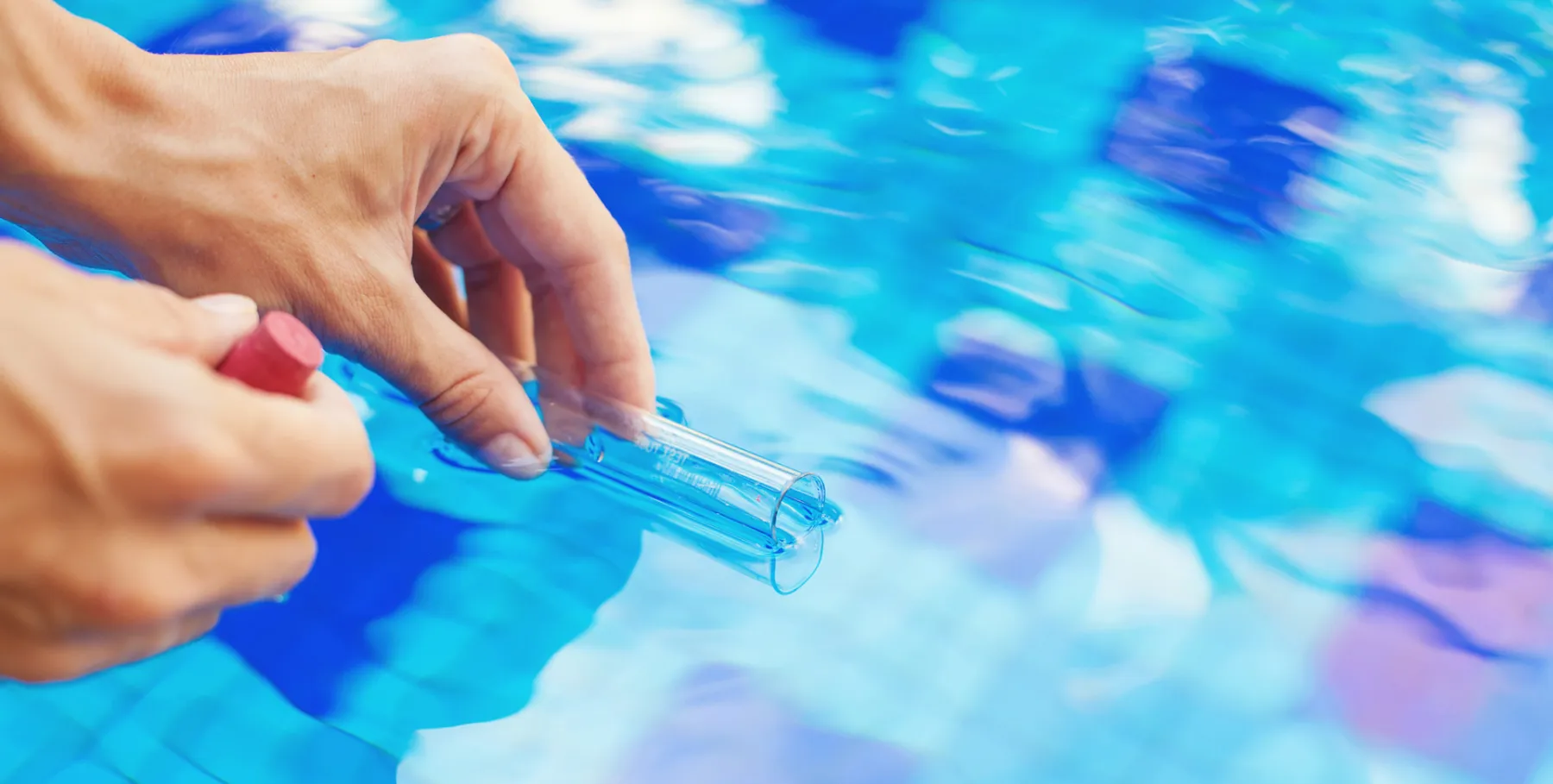

Swimming pools should be crystal clear, safe, and inviting — but common issues like cloudy water, itchy skin, or rapid chemical use can ruin the fun. Here’s how to tackle these problems effectively and keep your pool swim ready.
Regular water testing
Most pool issues stem from imbalanced water chemistry. Test the pool water 2-3 times per week using test strips or a digital tester. Accurate testing allows you to act before issues get out of hand. Key metrics: pH (7.4–7.6), chlorine (1–3 ppm), alkalinity (80–120 ppm), calcium hardness (200–400 ppm).
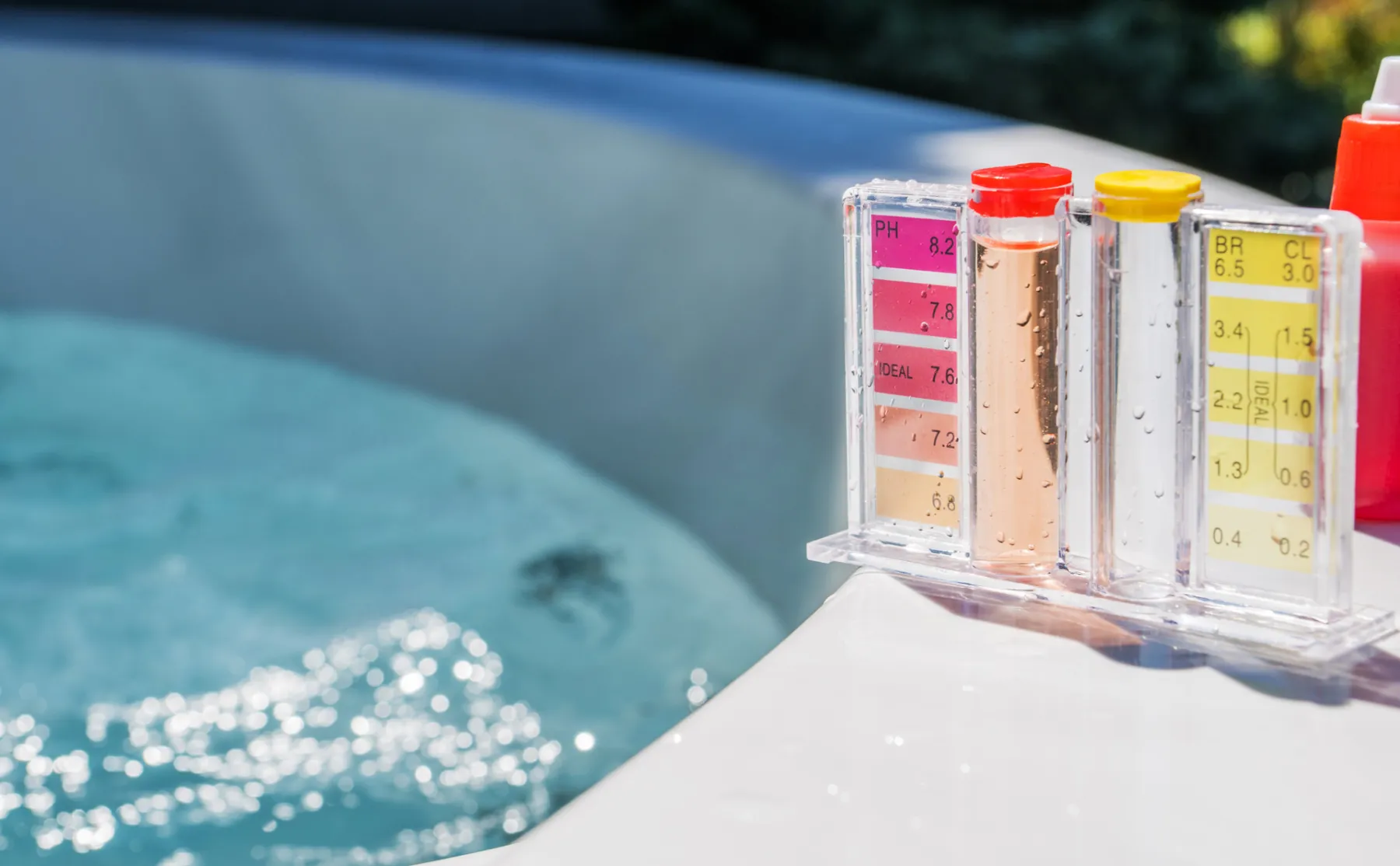
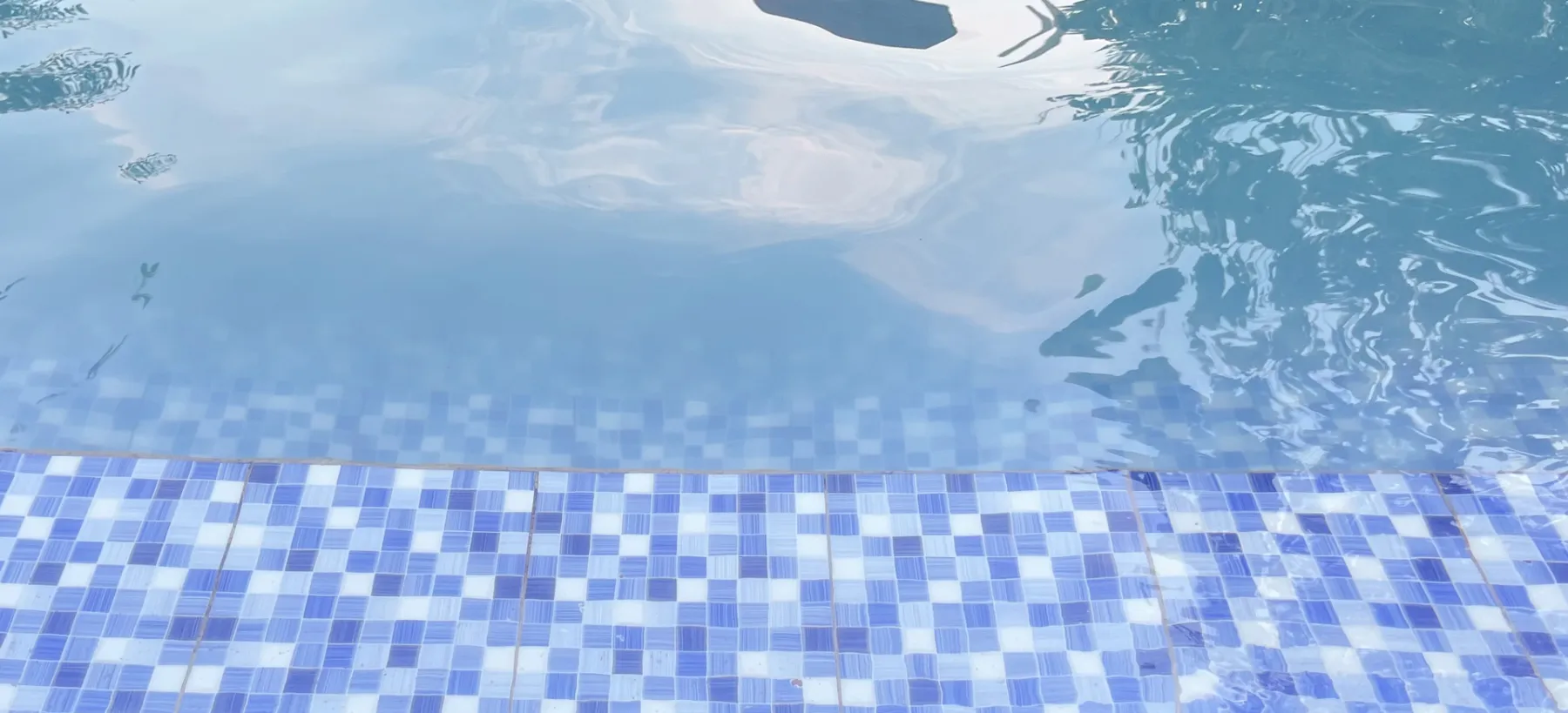
Cloudy pool water
Milky or cloudy pool water can have different causes and fixes. But a properly maintained filter system is 50% of you water clarity success.
Causes:
Low chlorine levels
Imbalanced pH or alkalinity
High calcium hardness
Dirty filter or debris
Early-stage algae or ammonia
Fixes:
Shock your pool with chlorine
Balance pH (ideal: 7.4–7.6) and alkalinity
Backwash or clean your filter
Vacuum debris and brush surfaces
Use clarifiers if needed
Scaling on pool walls
Scaling are white lines or crusty buildup on tiles and walls. This is caused by high calcium hardness (>400ppm) or high pH levels. You can solve this by adding pH reducer and use a sequestering agent to prevent calcium buildup. Target calcium hardness level is 200-400 ppm. It is advised to check calcium levels monthly.
High chlorine demand
The ideal range for pH value of the pool water is 7.4 – 7.6. The pH value can go higher than expected and may occur due to unstabilised pool water, presence of debris in the pool skimmer and due to high phosphate levels. This can be controlled by adding a stabiliser, cleaning the skimmer basket and the filter and by adding a phosphate remover. Regular testing of the pH levels and alkalinity is recommended.
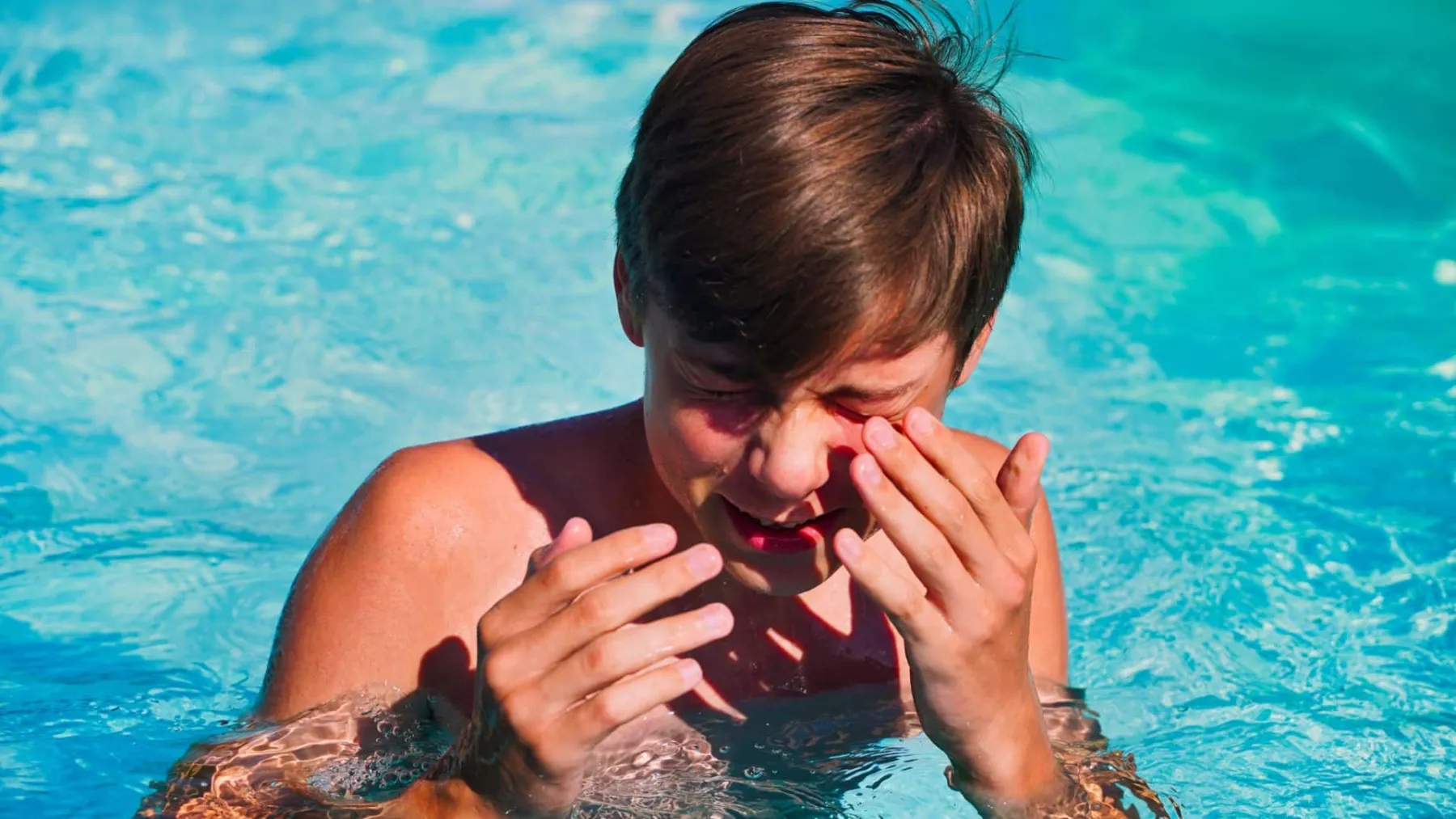
Eye or skin irritation
When you experience skin or eye irritation after swimming, this can be caused by imbalanced pH levels or high levels of combined chlorine (chloramines). You can solve this by shocking the pool (this breaks down chloramines) and make sure the pH level is between 7.4 and 7.6. Please note that if the water smells strongly of chlorine, it needs more shocking, not more chlorine.
Metal corrosion
The metal components of the pool can be prone to corrosion due to low pH levels, which indicates abnormal acid levels. To avoid corrosion of the metal components in your pool, we need to stabilise the pH levels of the pool water to the ideal level, which is 7.4 – 7.6.
Algae growth
Algae are micro-organisms that may be present in the water. Algae growth can cause discolouration of water and even serious health hazards. Algae are caused by low levels of chlorine in the pool water. The best way to get rid of algae is by shocking the pool with a super chlorinator. If there are any black algae spots on the walls of the pool, brush them off.
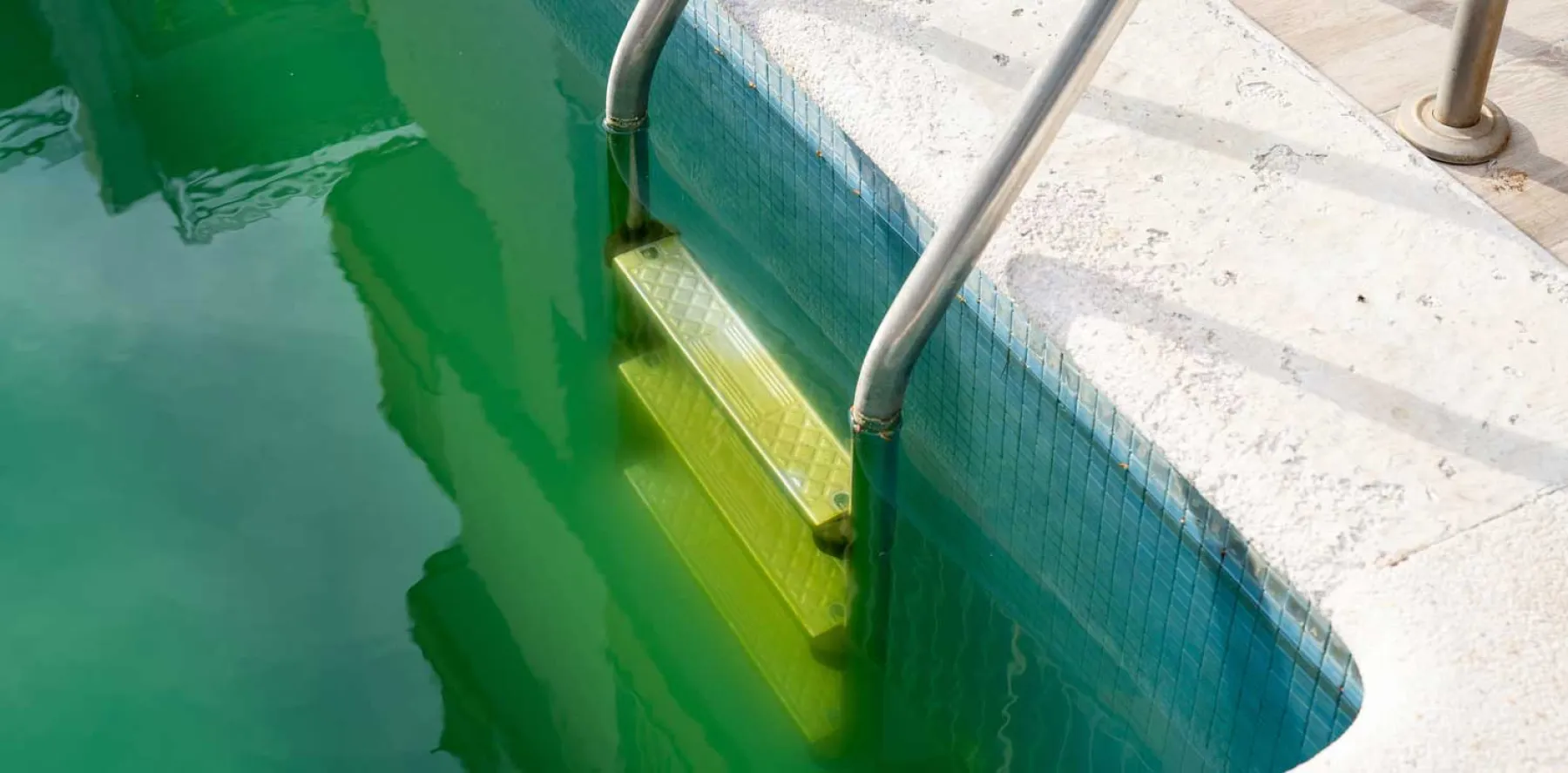
Summarising...
It is advised to test your pool water regularly. Testing the water helps you achieve early diagnosis of arising issues and allows you to make the proper corrections before you encounter serious problems. Check our pool checklist for your weekly pool maintenance. Or contact a Norsup dealer near you and ask for advice.
Also interesting...
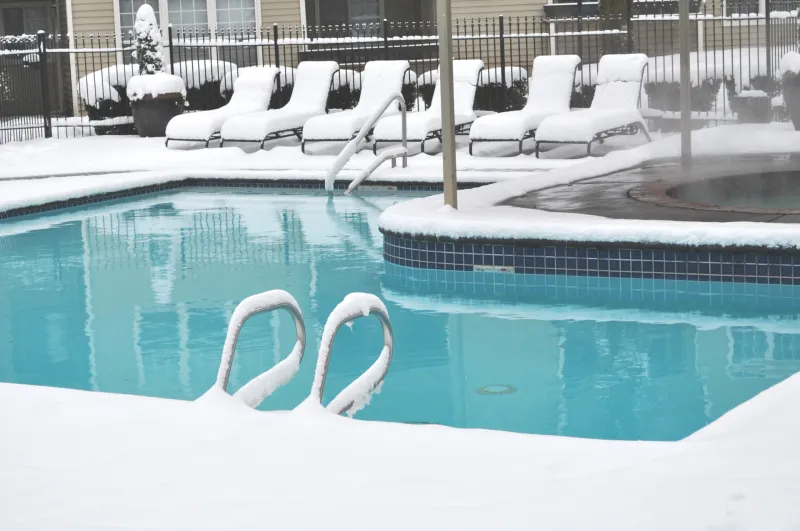
Winterise your pool
Winterise your pool
When you don't use your swimming pool in winter, there are a few measures you can take to winterise...
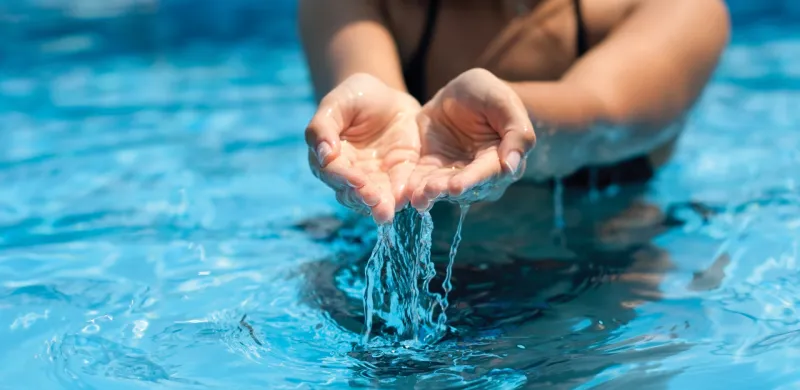
Water treatment
Water treatment
Regular water treatment is essential to kill bacteria, stop algae, and keep your water pleasant to s...

Pool covers
Pool covers
The use of a pool cover is an essential to achieve the highest level of pool comfort, but it also sa...
